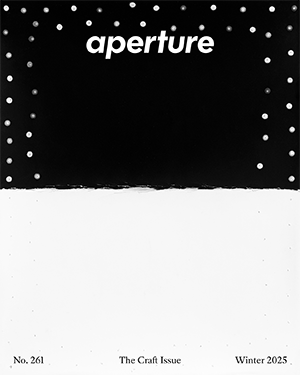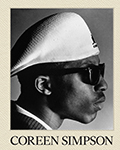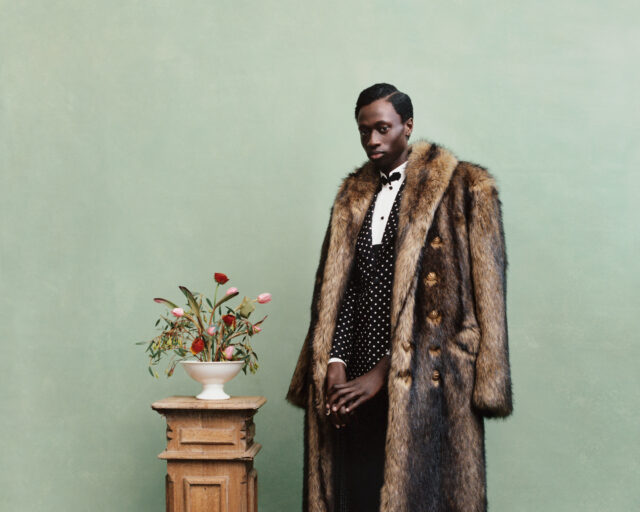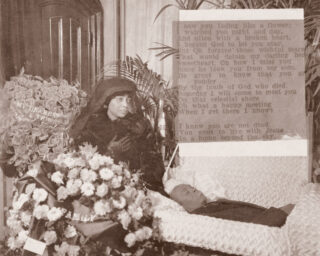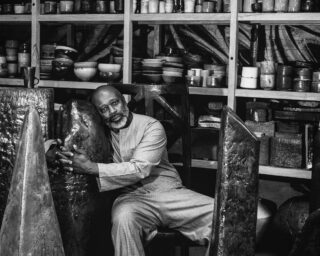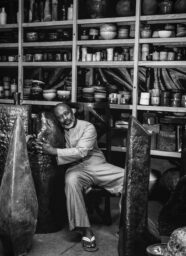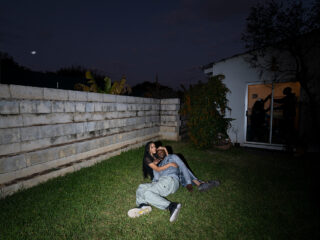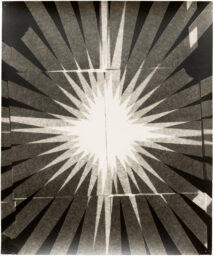For Durimel, Black Humanity is Not a Fashion Trend
The young photography duo Jalan and Jibril Durimel are transforming the fashion world’s visions of beauty.
Jalan & Jibril Durimel, Bigger then, Bigger Glenn, 2017
It all began in front of the camera. In 2012, the French photography duo Jalan and Jibril Durimel created their streetstyle Tumblr Durimel. The blog announced the then eighteen-year-old twins to the world as a creative pair who ran around the streets of Paris taking pictures of themselves in the latest trends. They gained a following. Later that year, when they settled in Los Angeles for college, the twin brothers began modeling in campaigns for American Apparel, AXS Folk Technology, and Union Los Angeles, and made an appearance in the Japanese style tome Popeye.
As models, Durimel became frustrated by the contemporary reality that the commercial fashion image is dominated by trends and a brand’s ability to advertise a closeness to wealth, power, and idealized notions of beauty and cool. It’s a form of representation that diminishes the significance dress plays in telegraphing humanity. In an effort to resolve this tension, they stopped modeling and, like Gilbert & George, Doug and Mike Starn, and Inez & Vinoodh, began a collaborative artistic practice. Their mantra is to “help the world to familiarize itself with its neighborhoods” by “creating still beautiful moments.”

Courtesy the artists
A Durimel photograph is distinguishable from the typical glossy fashion photography found on billboards as brand advertisements or seasonal editorials. The duo’s images are imbued with a surrealism derived from what they call a “sartorial interest in style, texture, color, and silhouette.” Pictures such as Kuoth (2015) further critique the notion of the promotional fashion image. As in all of Durimel’s work, the figures represent everyday black people cast from the streets of Jamaica, Sierra Leone, Miami, and Los Angeles as “characters,” not models, in diasporic narratives Durimel tell through dress.
For the R&B singer Sampha’s zine Shy Light, Durimel, in collaboration with the fashion designer Grace Wales Bonner, took natural images of the Process singer’s journey in his familial hometown of Freetown, Sierra Leone. Similar storytelling occurs in Black boys I knew who could self-reflect (2016), a landscape portrait shot on a grassy knoll in the San Pedro neighborhood of Los Angeles. The keen use of the sartorial grants the picture a transformative quality, challenging all who see it to access ordinary beauty through representations of black humanity.

Courtesy the artists
Over the last several years, Durimel have made character driven pictures concerned with evoking emotion and identity by blending interests in color theory, composition, and the politics of dress. “Our images share the story of life through blackness,” Jalan told me. Untitled (2017) and Daughters (2017), two images of the same group of women Durimel met while scouting in the historically black neighborhood of Watts in South Los Angeles, provide a glimpse into how the duo uses style in the characterization of blackness.
The conversations these women shared that day about life in public housing and raising children in those conditions resonated with the photographers, who, during high school, lived in public housing in St. Maarten. This dialogue inspired Daughters, an image of some of the Watts women, made with Durimel’s Pentax 67 medium-format lens, against a sandy-brown backdrop. Most of the women wear black suits, and one holds a baby boy. At first glance, Daughters seems like a conventional fashion image found in a magazine. But if you linger on the women’s sartorial togetherness and faces, they communicate the power, beauty, and importance of their lives, and yours.

Courtesy the artists
To read more, buy Aperture Issue 228, “Elements of Style,” or subscribe to Aperture and never miss an issue. Limited edition prints by Durimel are available from Aperture Foundation.
